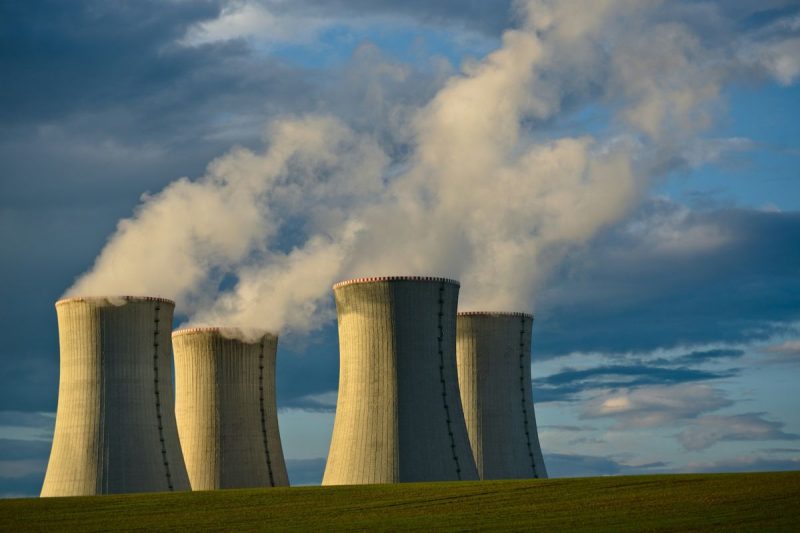China has discovered a new uranium deposit in the Tarim Basin at a depth of 1,820 meters, the deepest recorded for sandstone-type uranium in the country, according to state-owned China National Nuclear Corporation (CNNC).
CNNC said the discovery was made through a combination of deep drilling and predictive geological modeling and is part of a broader strategy to reduce reliance on imported nuclear fuel.
This type of deposit, long favored for its relative ease and low cost of extraction, is emerging as a crucial part of China’s strategy to reduce reliance on foreign uranium amid an unprecedented expansion of its nuclear power fleet.
“By implementing relatively deep drilling verification, we finally discovered thick industrial uranium mineralisation in the desert heart,” said Qin Mingkuan, principal investigator at CNNC, as quoted by state broadcaster CCTV.
According to official data, China imported about 13,000 metric tons of uranium in 2023, while domestic production amounted to just 1,700 metric tons.
However, demand is still soaring. The International Atomic Energy Agency estimates that China’s nuclear fleet could require over 40,000 metric tons of uranium annually by 2040, nearly triple today’s global annual uranium production.
Shifting ground
Until recently, most of China’s uranium was extracted from granite and volcanic rock formations in the southern provinces, which are harder to mine and less scalable.
In contrast, sandstone-hosted uranium, found in northern regions like Inner Mongolia and Xinjiang, is more conducive to in-situ leaching, a process that allows for less invasive, lower-cost recovery.
According to CNNC, The newly discovered deposit in Tarim is a proof point for China’s investment in geophysical modeling, which it used remote sensing and predictive analytics to identify the site before drilling.
The achievement is also being seen as a technological validation for CNNC’s flagship “National No. 1 Uranium” demonstration project in the Ordos Basin in Inner Mongolia — now the country’s largest uranium production base by capacity.
Earlier this month, that site produced its first barrel of uranium, just a year after breaking ground.
The project employs advanced in-situ leaching techniques that use carbon dioxide and oxygen-enriched water to extract uranium from underground ore bodies. The process is touted as not only environmentally cleaner than traditional mining, but also more efficient.
Strategic push for uranium
China’s renewed focus on domestic uranium forms part of its overall strategy to support its nuclear energy ambitions, which are now among the most aggressive in the world.
According to a Goldman Sachs report, roughly half of all nuclear reactors currently under construction worldwide are located in China.
As of the end of 2024, the country had 58 operational reactors generating about 56.9 gigawatts of electricity, with another 32 reactors under construction expected to add more than 34 gigawatts of capacity. Dozens more are in the planning pipeline.
The China Nuclear Energy Association further projects that installed capacity will reach 200 gigawatts by 2040 — a level that would more than double the current US nuclear fleet and make China the undisputed global leader in atomic energy.
To fuel that expansion, China has adopted a “three-thirds” approach: one-third of uranium to be sourced domestically, one-third from overseas joint ventures or equity stakes, and one-third purchased on the open market.
But recent geopolitical tensions — including US export restrictions on some nuclear-related equipment — have increased pressure on Beijing to accelerate domestic uranium production.
In April, China’s State Council approved the construction of additional reactors across five coastal sites, requiring a combined investment of nearly 200 billion yuan (US$27.9 billion).
Securities Disclosure: I, Giann Liguid, hold no direct investment interest in any company mentioned in this article.

